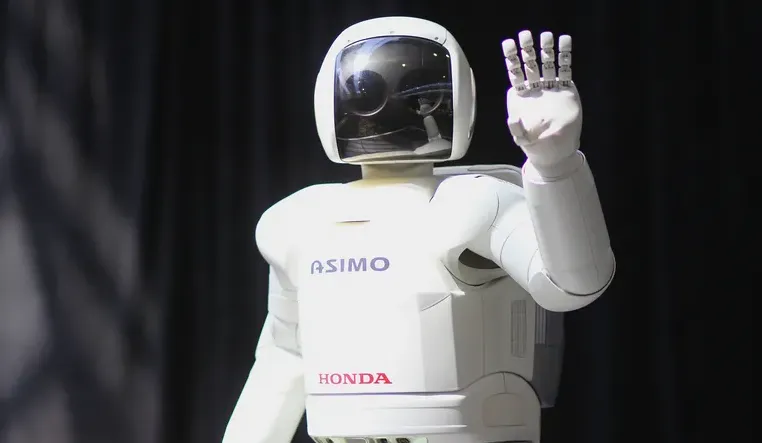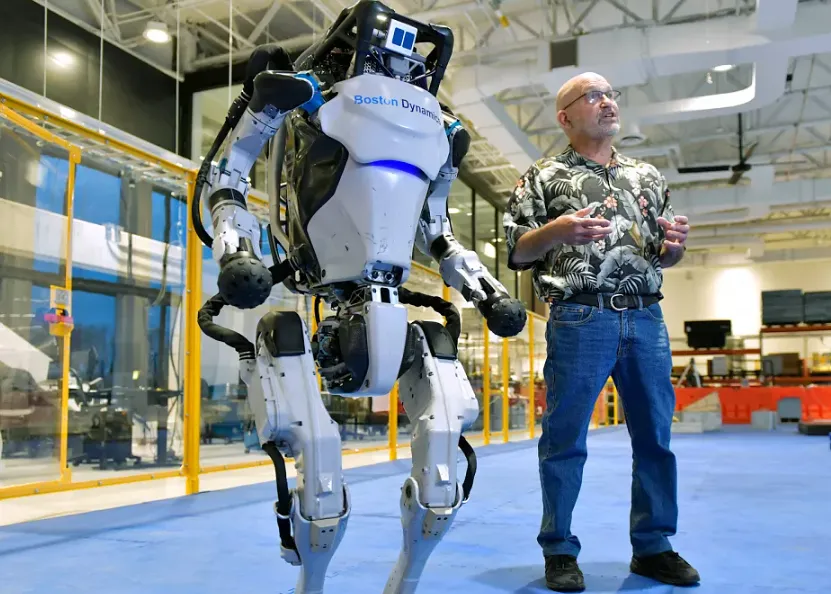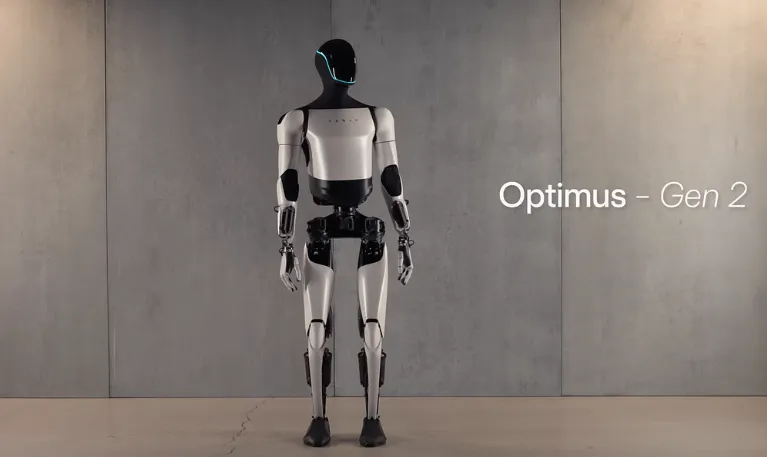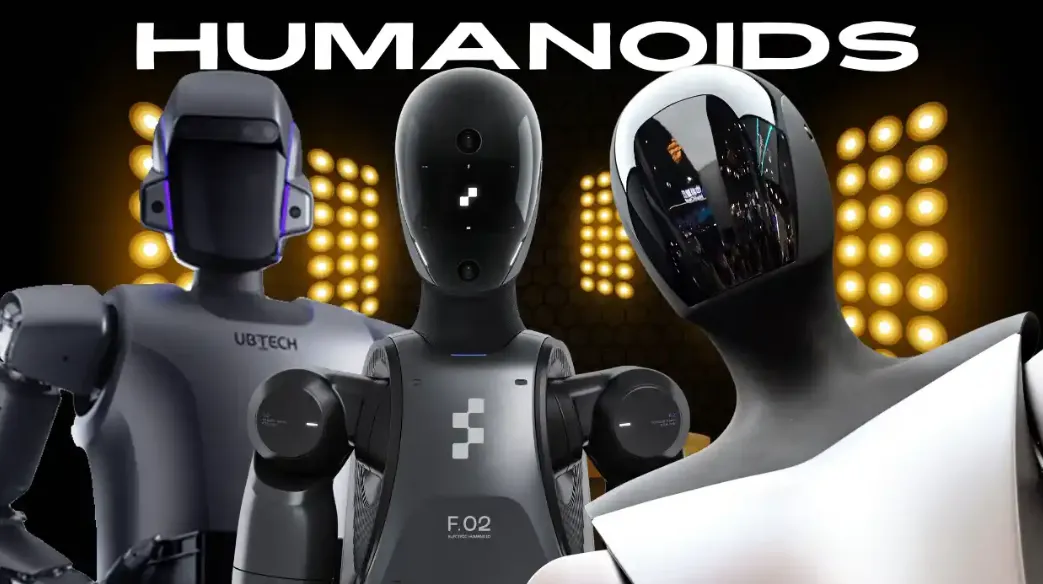The concept of humanoid robots—machines designed to resemble and replicate human behavior—has long been a staple of science fiction. However, thanks to advancements by leading technology companies, the march of the humanoids is steadily progressing.
Key Players in Humanoid Robot Development
Several prominent tech companies have made significant strides in humanoid robot research and development. These companies are not only pushing the boundaries of robotics but also laying the groundwork for how humanoid robots might integrate into our daily lives.
1. Honda: The Pioneer with ASIMO
Honda is one of the earliest pioneers in humanoid robotics, and its ASIMO robot, introduced in 2000, remains one of the most recognized names in the field.

ASIMO (Advanced Step in Innovative Mobility) was designed to walk, run, climb stairs, and perform simple tasks. Despite being retired, ASIMO demonstrated the potential of humanoid robots for mobility and interaction with humans.
Honda continues to refine its robotics technology, working toward creating robots that can assist in various sectors, including healthcare and customer service.
2. Boston Dynamics: Pushing the Limits of Movement
Known for its groundbreaking work in robotic mobility, Boston Dynamics has made significant advancements with its humanoid robot, Atlas.

Atlas is a highly advanced robot capable of performing complex movements such as jumping, flipping, and even parkour. The company has demonstrated Atlas’s ability to navigate various terrains and perform tasks requiring advanced balance and dexterity.
Boston Dynamics continues to evolve Atlas, focusing on improving its agility and autonomy, and the company’s work is laying the foundation for humanoid robots that can assist in disaster response, search-and-rescue missions, and other high-risk environments.
3. Tesla: Elon Musk's Vision for the Future with Optimus
Elon Musk’s Tesla has entered the humanoid robot race with the unveiling of Optimus, a robot designed to be more than just a technological marvel.

Tesla’s approach is unique in that it aims to create a robot for practical, everyday use—specifically focusing on reducing the need for human labor in repetitive tasks.
Optimus, which is still in its developmental stages, has the potential to perform tasks such as grocery shopping, factory work, and even general household chores.
Musk envisions a future where humanoid robots like Optimus can be mass-produced at an affordable price, making them accessible to a wide range of consumers and industries.
Challenges in Humanoid Robotics
Despite the remarkable progress made by these tech giants, the march of the humanoids still faces several significant challenges:
-
Mobility and Balance: Creating a robot that can move and maintain balance as efficiently as a human is no easy task.
-
Artificial Intelligence: For humanoid robots to function autonomously in real-world environments, they need sophisticated AI systems to make decisions, understand contexts, and interact with humans in a meaningful way.
-
Cost and Scalability: The technology behind humanoid robots is expensive, and mass production remains an obstacle. Companies like Tesla aim to reduce costs, but creating affordable, consumer-ready humanoid robots is still a distant goal for most players in the field.
The march of the humanoids may still have some way to go, but with each breakthrough, we get closer to a world where robots become an integral part of our daily lives.
The future is coming, and humanoid robots are at the forefront of this technological revolution.







